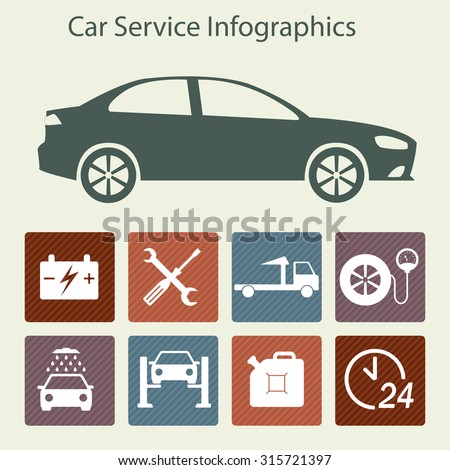Examining Your Vehicle'S Warning Indicators: What They Really Share
Examining Your Vehicle'S Warning Indicators: What They Really Share
Blog Article
Content Written By-Boye Winters
When you're behind the wheel, those radiant warning lights on your dashboard can be a bit perplexing. Do you understand what they're trying to inform you concerning your cars and truck's wellness? Comprehending the importance of these lights is important for your security and the durability of your car. So, the following time among those lights appears, wouldn't you intend to decipher its message precisely and take the required steps to address it?
Common Warning Lights and Interpretations
Identify typical caution lights in your vehicle and understand their significances to make certain risk-free driving.
deep interior cleaning of the most regular caution lights include the check engine light, which signifies issues with the engine or exhausts system. If this light comes on, it's critical to have your automobile examined without delay.
The oil pressure cautioning light suggests reduced oil pressure, requiring instant interest to prevent engine damage.
A flashing battery light might recommend a faulty billing system, potentially leaving you stranded if not resolved.
The tire stress tracking system (TPMS) light signals you to low tire pressure, impacting car security and gas performance. Overlooking this can result in hazardous driving problems.
The abdominal muscle light indicates an issue with the anti-lock braking system, jeopardizing your capacity to stop rapidly in emergency situations.
Last but not least, the coolant temperature cautioning light warns of engine overheating, which can lead to serious damage if not resolved promptly.
Comprehending these usual caution lights will certainly assist you resolve concerns quickly and preserve secure driving problems.
Importance of Prompt Attention
Comprehending the typical caution lights in your cars and truck is only the very first step; the significance of quickly resolving these warnings can not be emphasized enough to guarantee your safety and security on the road.
When https://marcouqkez.ttblogs.com/9498054/the-improvement-of-car-detailing-methods-in-the-past-10-years illuminates on your control panel, it's your auto's way of communicating a prospective concern that requires focus. Ignoring these warnings can cause more serious issues down the road, jeopardizing your safety and potentially costing you extra out of commission.
Prompt attention to advising lights can prevent breakdowns and crashes. For example, a blinking check engine light might indicate a misfire that, if left unattended, might create damages to the catalytic converter. Resolving this promptly can conserve you from a pricey fixing.
Similarly, a brake system cautioning light may indicate low brake liquid or worn brake pads, important elements for your security when driving.
Do It Yourself Troubleshooting Tips
If you notice a caution light on your control panel, there are a couple of do it yourself troubleshooting suggestions you can attempt before seeking expert assistance.
The primary step is to consult your automobile's handbook to recognize what the details warning light indicates. Occasionally the concern can be as easy as a loose gas cap setting off the check engine light. Tightening up the gas cap may settle the problem.
mobile cut and polish is a low battery, which can cause various alerting lights. Checking the battery connections for corrosion and guaranteeing they're safe may fix the problem.
If a caution light persists, you can try resetting it by detaching the automobile's battery for a couple of mins and then reconnecting it. Furthermore, examining your automobile's liquid levels, such as oil, coolant, and brake liquid, can assist fix advising lights related to these systems.
Verdict
In conclusion, comprehending your car's caution lights is necessary for keeping your car running efficiently and securely. By promptly dealing with these alerts and recognizing what they imply, you can prevent expensive fixings and prospective break downs.
Remember to consult your automobile's manual for specific information on each cautioning light and do something about it as necessary to make certain a hassle-free driving experience.
Remain informed, remain risk-free on the road!
